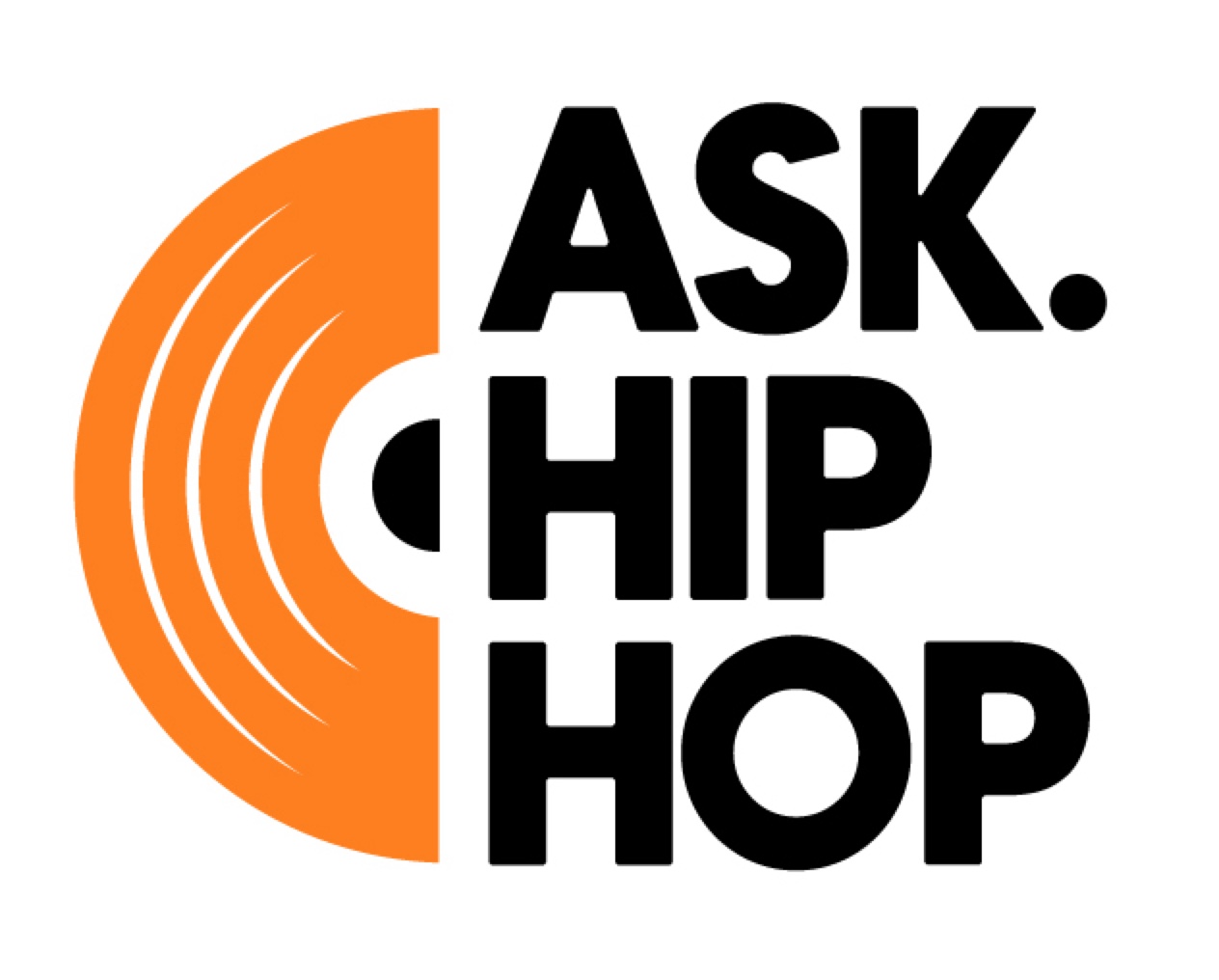The Genesis in Philadelphia: A New Era of Graffiti
Historically, graffiti’s form and essence remained static worldwide until the 1960s, when Philadelphia ushered in a new graffiti epoch. Pre-1960s graffiti, typically indistinguishable in style over time, underwent a dramatic transformation in the City of Brotherly Love.
From Modest to Monumental: The Shift in Scale
Initially akin to the size of handwritten letters, Philadelphia’s mid-60s graffiti diverged notably. While mirroring the social protest graffiti emerging in other metropolises, it steered clear of political or ideological messages. Academics discerned two primary graffiti categories – “territorial markers” and “independent artists.”
Territorial Markings by Gangs
Philadelphia’s youth gangs embraced graffiti as a tool for intimidation and turf demarcation. Their graffiti, inscribed on buildings and overpasses, signified gang dominion. Contrasting individual expression, these large-scale names and symbols underscored collective warnings.
Key locales for this menacing graffiti were strategic urban junctures, marked by cryptic codes denoting gang affiliations. Tools of choice included Magic Markers and paint. The scale and intensity of such graffiti were evident in racially charged messages in specific neighborhoods.
The Rise of the Loners
Conversely, independent graffiti artists, typically non-gang affiliated, pursued fame through citywide visibility. Their inspiration partly stemmed from gang graffiti’s scale, soon adopting similar grandiosity in their work.
Pioneering Philadelphia Artists: Cornbread and Cool Earl
Philadelphia’s graffiti landscape was notably shaped by figures like Cornbread and Cool Earl. Along with others, they ventured into previously uncharted territories, marking bridges and overpasses, pioneering the use of spray paint.
Elevating Risk and Recognition
The prestige of these artists was proportional to the risks undertaken. The title of “King” was reserved for those whose daring feats and inaccessible tag locations captivated public and media attention. Competition among these artists was fierce, involving audacious acts like tagging public transportation and even zoo animals.
Cornbread: The Evolutionary Loner
Cornbread, rejecting gang affiliations, concentrated on public transit lines for his graffiti. He sought to elevate the art form, focusing on larger scales, better materials, and innovative designs. His influence was pivotal in the eventual emergence of the distinctive New York City subway graffiti of the 1970s.
Philadelphia’s Influence on Subway Graffiti
Philadelphia graffiti artists recognized the potential reach of public transportation as a canvas, thus initiating a trend of linear, simple letter-based graffiti. This trend laid the groundwork for the more complex styles that would later dominate New York’s subway system.
By the late 60s, Philadelphia’s buses and trains were awash with graffiti, a trend that was just beginning to take root in New York. The unparalleled exposure offered by New York’s extensive subway system would eventually see this art form reach its zenith.
In summary, Philadelphia’s mid-20th-century graffiti evolution marked a significant shift from small-scale, individualistic expressions to large, impactful urban art. This movement not only changed the landscape of Philadelphia but also set the stage for the expansive and stylistically rich graffiti culture of New York City.


